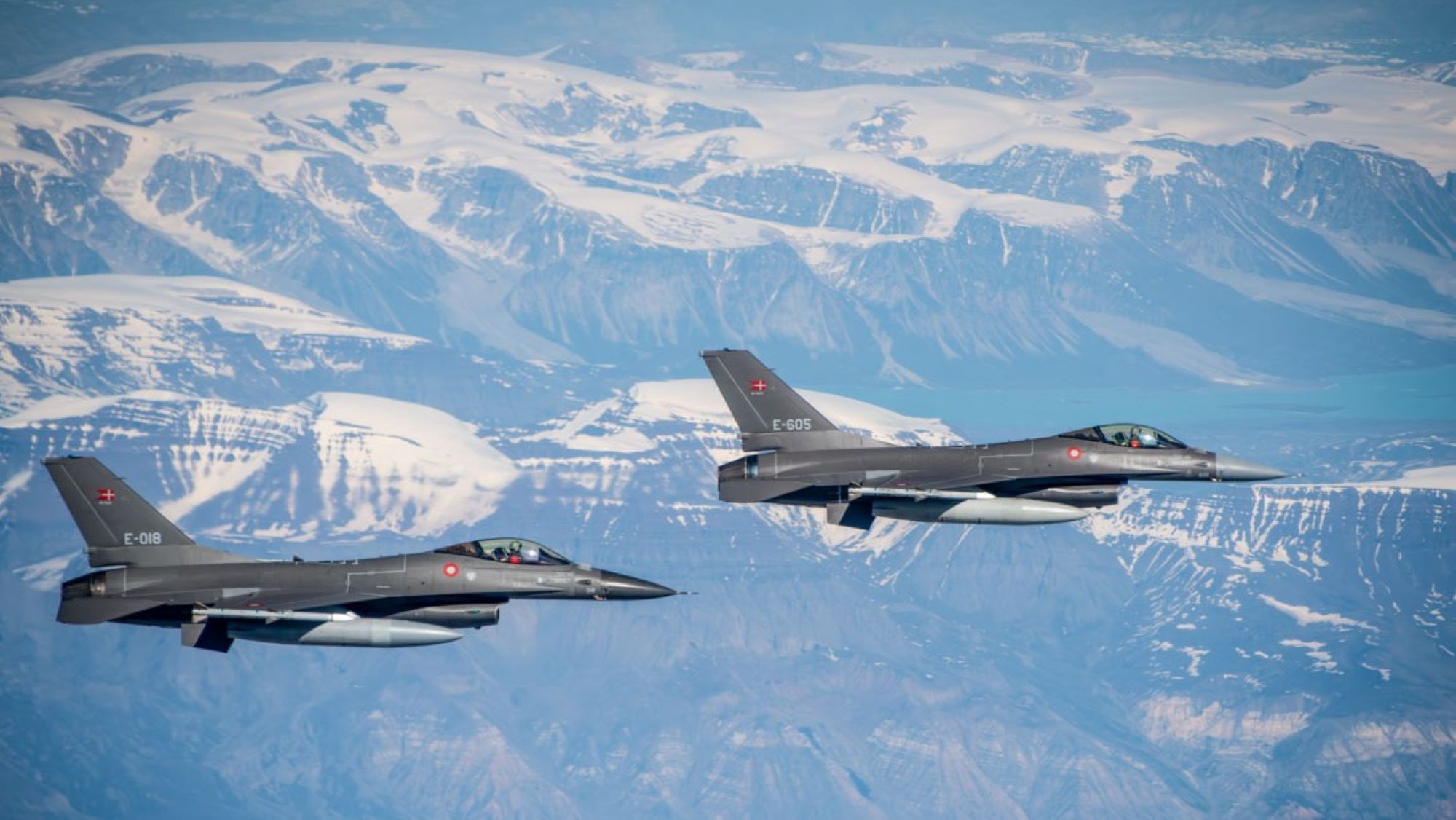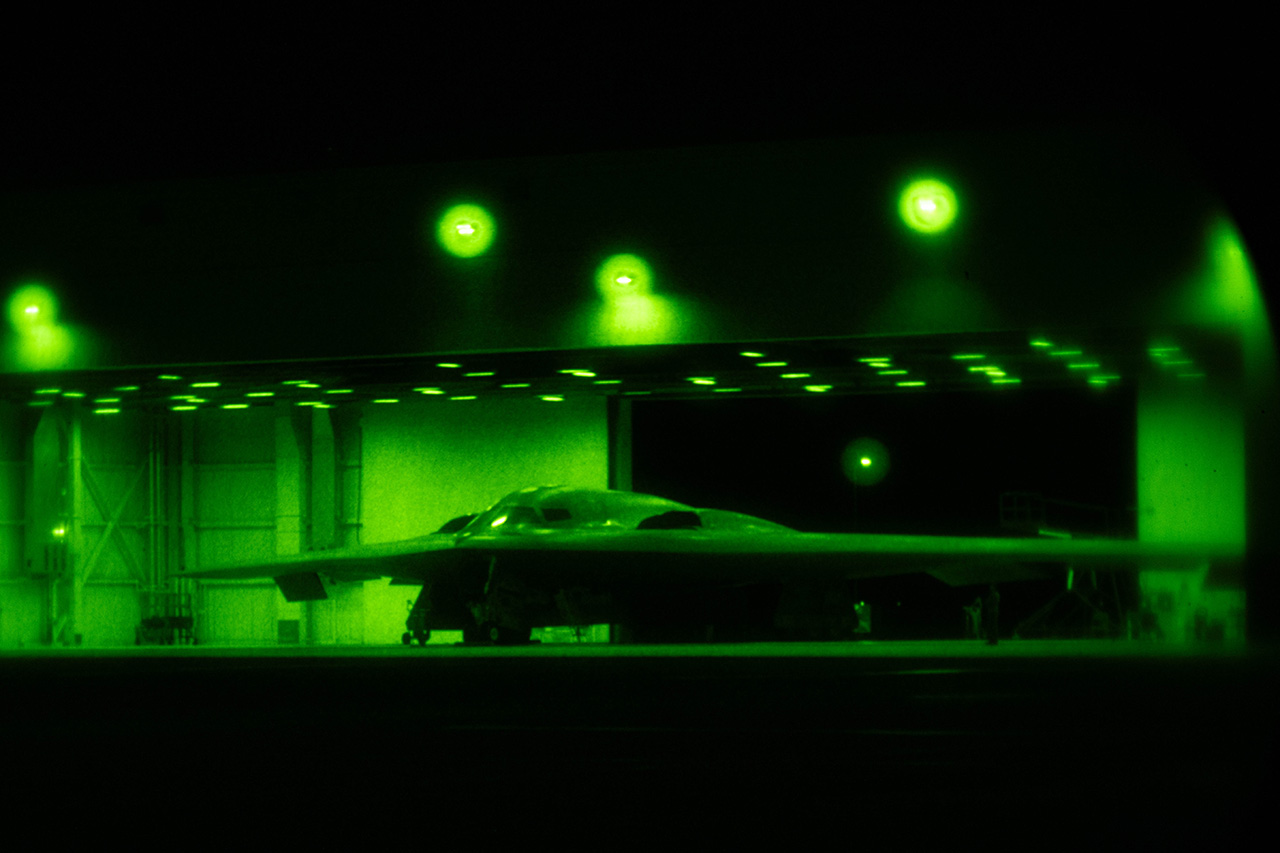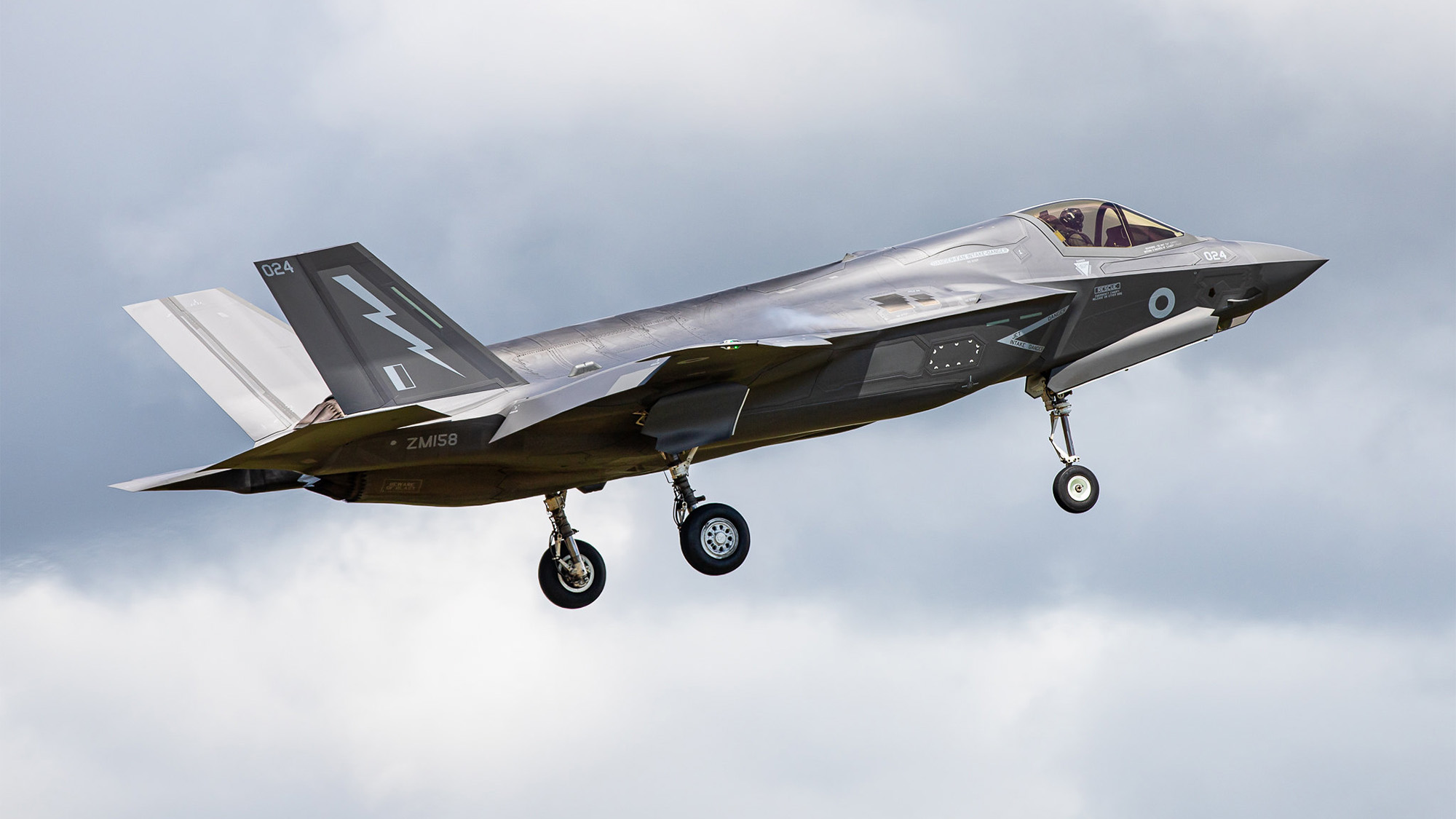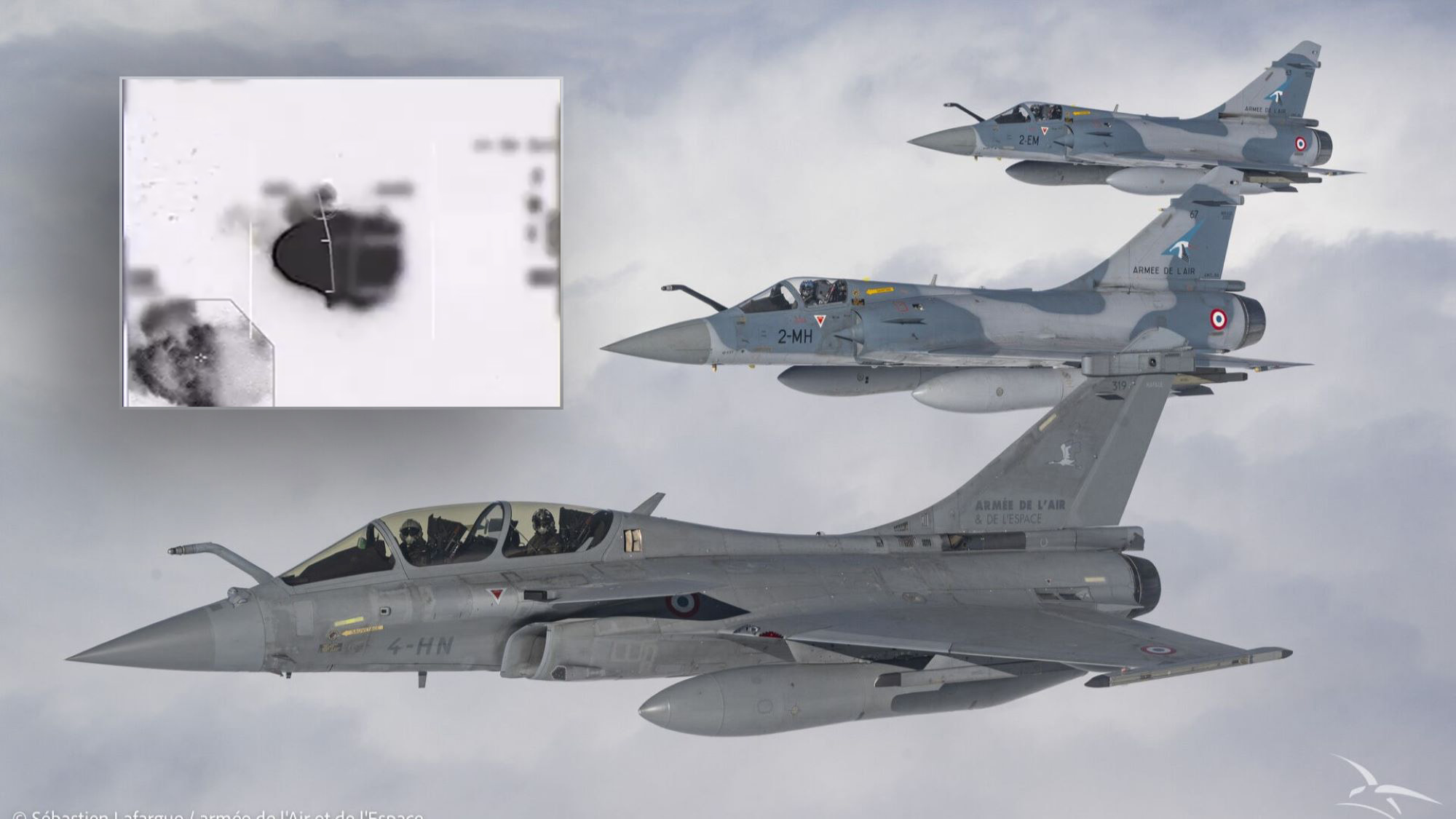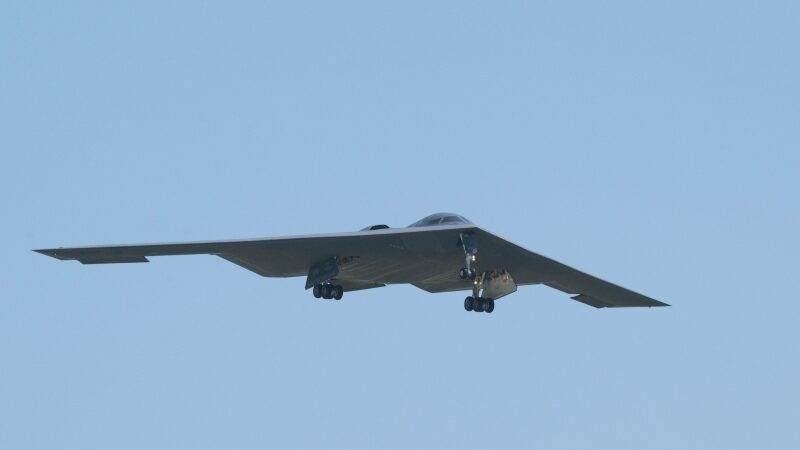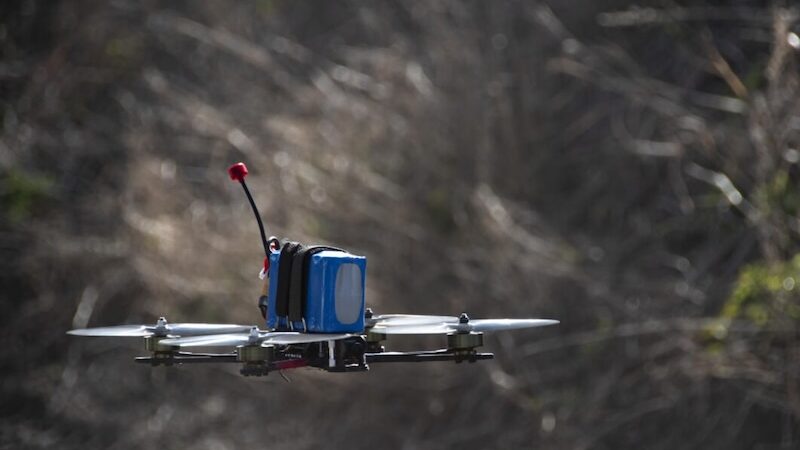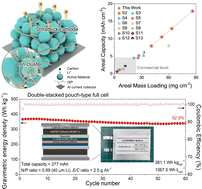NATO requires an electronic warfare ‘paradigm shift’ to beat Russia, says alliance official
“NATO relies heavily on US EW capabilities,” said Bas Nieuwenhuijse, chair of the NATO maritime EW organization. “This is a luxury we can and may no longer [be able to] rely on.”


Ships from NATO’s Standing Maritime Group Two meet in the eastern Mediterranean for combined training (NATO)
AOC EUROPE — NATO must make drastic changes to its electronic warfare (EW) capabilities if the alliance wants to win a future war against Russia, as reliance on US systems remains in doubt, according to a NATO representative.
“I think we as NATO can accomplish this [victory], but it will take a paradigm shift in how we operate within [the] EME [Electromagnetic Environment] and broadly EW capabilities in the maritime environment,” said Bas Nieuwenhuijse, chair of the NATO maritime EW syndicate, during the Association of Old Crows Europe trade show in Rome.
He raised a series of challenges threatening to hold the alliance back from defeating Moscow, including uncertainty over continued access to US electronic technologies.
“NATO relies heavily on US EW capabilities,” said Nieuwenhuijse. “This is a luxury we can and may no longer [be able to] rely on.”
His comments arrive some months after President Donald Trump cast doubt over whether the US will continue to defend allies if they don’t contribute enough money to the alliance. There has also been speculation in Europe that tech that uses American electronics — like the F-35 stealth fighter — could be vulnerable if Washington decides to delay or halt updates.
Urgency when it comes to more capable EW for NATO goes far beyond deteriorating relations with the White House, however.
Nieuwenhuijse laid out a scenario in which the alliance is at war with Russia and needs to intercept nine Kalibr/SS-N-27 Sizzler submarine-launched, long-range cruise missiles in defense of Moscow invading Baltic states. Nieuwenhuijse suggested “hard kill” capabilities alone would not be feasible to prevent the attack.
Imagine “they [sizzlers] pop up over the radar horizon [at] 30 kilometers [range]. At Mach 2.9 it takes 30 seconds” for a direct hit, he said. “Try to keep those all [neutralized through] hard kill. I challenge you to try it. So EW comes into play within those 30 seconds. We must detect the threat, classify the threat, predict the track, prioritize, then order your countermeasure.”
Besides that worrying picture, he said “smart, fast and very hard to detect” anti-ship missiles remain a “classic threat.”
He explained that a 30-year legacy of peacekeeping missions in non-contested conflict zones against enemies with inferior capabilities meant that the alliance didn’t, at that time, “require the need” for electronic attack [EA] technology.
NATO “hasn’t developed and fielded EW capabilities in the same amount of quality as some potential adversaries,” added Nieuwenhuijse.
Russia’s widespread use of EW systems in Ukraine far surpasses the way in which NATO has approached electronic warfare too.
Based on the conflict with its neighbor, “they [Russia] demonstrate the capabilities to degrade or deny the use of the EM environment,” said Nieuwenhuijse. “They’re able to deny the use of GNSS [Global Navigation Satellite], use EM emission locations for targeting and use informational warfare to conduct psyops on the Ukraine home front.”
Meanwhile, he shared that the NATO maritime EW working group, developed to deliver a “vision” aligned to “achieving and exploiting superiority in the electromagnetic environment” is involved with work linked to NATO’s capability targets, set to be rolled out in the summer. Crucially, though, he said that the syndicate is “playing catch up” to more, well established working groups like the air force subgroup two.
The capability targets are fundamental to making improvements covering individual member force commitments and interoperability.



















































































